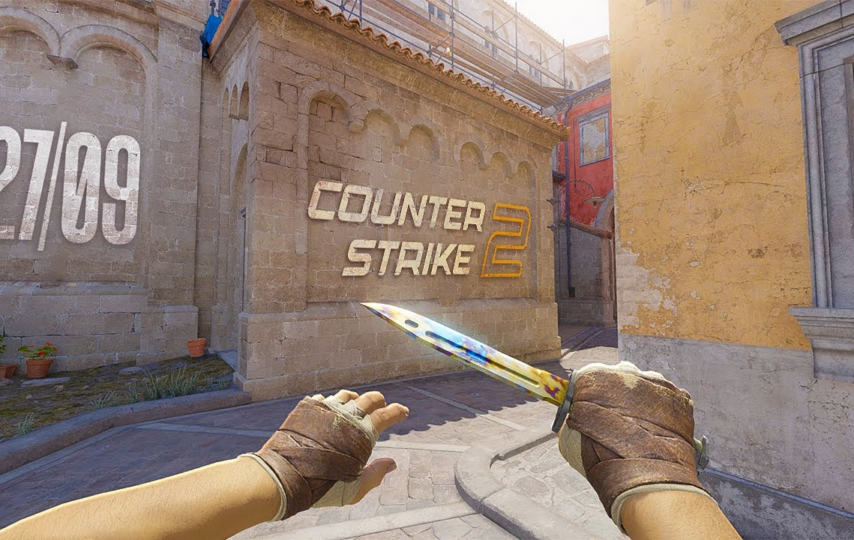In the dynamic world of Counter-Strike 2 (CS2), where split-second decisions and strategic thinking can determine the outcome of a match, one often-overlooked aspect plays a pivotal role in a team’s success – economy management. As a seasoned journalist with a decade of experience in the esports realm, I delve into the secrets behind effective economy management and its crucial role in achieving victory in CS2 live scores.
Understanding the CS2 Economy
Counter-Strike 2 is a game of resource management, and at the heart of this challenge lies the economy system. Teams must carefully balance their in-game finances to ensure they have the necessary weapons, utility, and armor to secure rounds. A well-managed economy can lead to a snowball effect, while a poorly handled one can cripple a team’s chances of success.
Early Game Investments
The first few rounds in CS2 set the tone for the entire match. Wise economic decisions during the pistol and subsequent rounds can establish a team’s dominance or leave them playing catch-up. Exploring the optimal balance between investing in high-impact weapons and saving for future rounds is a delicate art that top-tier teams have mastered.
Utility vs. Firepower
One of the key dilemmas in economy management is choosing between utility and firepower. Skilled teams recognize the importance of grenades, flashbangs, and smoke screens in gaining a tactical advantage. Striking the right balance between purchasing utility and firepower is a strategic decision that can turn the tide of a match.
Adapting to the Game Flow
CS2 is a game of constant adaptation, and economy management is no exception. Teams must be flexible in their approach, adjusting their economic strategy based on the flow of the game. The ability to make real-time decisions about when to force-buy, eco, or go all-in is a mark of a top-tier team.
The Role of In-Game Leaders (IGLs)
In any successful CS2 team, the In-Game Leader plays a pivotal role in shaping the squad’s economic decisions. IGLs must possess a deep understanding of their teammates’ strengths and weaknesses, the opponent’s playstyle, and the overall match context. Their strategic vision extends beyond individual rounds, encompassing the broader economic landscape of the game.
Investing in the Future
Long-term success in CS2 requires teams to think beyond the current round or map. Saving for future rounds, planning for weapon upgrades, and strategically distributing funds among team members are essential aspects of economy management. Teams that invest wisely in the early game often reap the rewards in the later stages of a match.
Case Studies of Successful Teams
To illustrate the importance of economy management, this article will delve into case studies of renowned CS2 teams that have consistently excelled in this aspect. Examining their decision-making processes, strategic adaptations, and overall approach to economy management provides valuable insights for aspiring teams and players.
Conclusion
In the competitive landscape of CS2, mastering economy management is the key to achieving consistent success. As teams continue to evolve and strategies become more sophisticated, a deep understanding of the in-game economy is essential. This article has explored the nuances of economy management, from early-game investments to adapting to the game flow, emphasizing its role as the linchpin of victory in the world of Counter-Strike 2.








